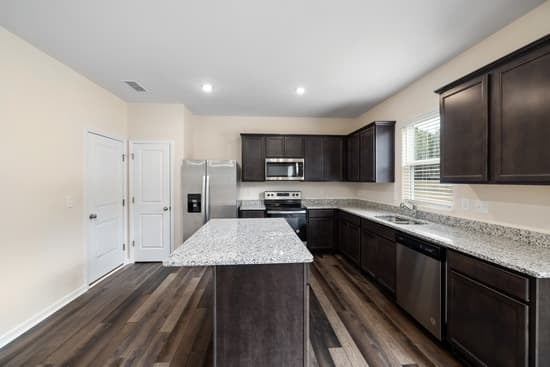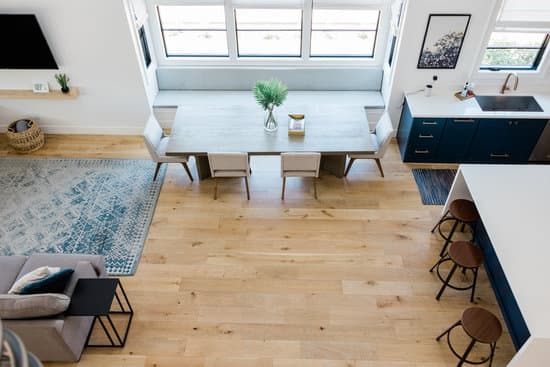Are you tired of using dull and unreliable kitchen knives? It’s time to take matters into your own hands and create a custom-made knife that not only meets your needs but also ensures safety in the kitchen. In this article, we will guide you through the step-by-step process of making a high-quality kitchen knife. From choosing the right steel to finishing and sharpening, you’ll learn all the necessary techniques to craft a durable and efficient tool for your culinary adventures.
Choosing the Right Steel for Your Blade
You’ll need to choose the right steel for your blade in order to make a high-quality kitchen knife. When it comes to different types of steel alloys, there are a few options you should consider. One popular choice is stainless steel, which is resistant to corrosion and easy to maintain. Another option is carbon steel, known for its exceptional sharpness and ability to hold an edge for longer periods. Understanding steel hardness levels is also crucial in selecting the right material for your blade. Harder steels can retain their sharpness but may be more difficult to sharpen, while softer steels are easier to sharpen but may require more frequent maintenance. Ultimately, you want a balance between hardness and ease of use that suits your needs in the kitchen and ensures safety when handling your knife.
Designing and Shaping the Blade
To start, it’s important to determine the desired shape and design of the blade. When designing a kitchen knife, safety should be your top priority. Begin by selecting a suitable blade material that is both durable and resistant to corrosion. Stainless steel is a popular choice due to its strength and ability to withstand moisture in the kitchen environment. Next, consider the blade geometry. A straight edge is ideal for slicing and chopping tasks, while a serrated edge works well for cutting through tough materials like bread or meat with ease. Additionally, consider the length of the blade based on your specific needs in the kitchen. Remember, always prioritize safety when crafting your own kitchen knife by ensuring proper handling and maintenance.
Heat Treatment and Tempering Process
When designing your own blade, it’s crucial to understand the heat treatment and tempering process for optimal performance. This process involves quenching techniques and is essential in achieving the desired hardness and toughness of the blade. Quenching is a method used to rapidly cool the heated blade, which helps in increasing its hardness. Different quenching techniques like oil, water, or air cooling can be used depending on the type of steel being used. It’s important to follow proper safety precautions when performing this step to prevent accidents. After quenching, the blade needs to be tempered by heating it at a lower temperature. This helps in reducing brittleness and increasing toughness while maintaining a certain level of hardness. Understanding these processes will ensure that your kitchen knife is strong, durable, and safe for use.
Creating a Comfortable Handle
Creating a comfortable handle is essential for ensuring a user-friendly grip on the blade. When it comes to designing the handle of a kitchen knife, there are several important factors to consider:
- Ergonomic Grip: A well-designed handle should provide an ergonomic grip, allowing you to hold the knife comfortably and securely. Look for handles with contours that fit your hand shape, providing maximum control and reducing strain.
- Handle Material Options: There are various handle materials available, each offering different benefits. Consider options like wood, plastic, or composite materials that offer durability and resistance to moisture and heat. Choose a material that feels comfortable in your hand and provides good grip even when wet.
- Safety Features: Ensure the handle has safety features such as finger guards or textured surfaces that prevent your hand from slipping onto the blade during use.
By selecting a kitchen knife with a comfortable ergonomic grip and suitable handle material, you can enhance safety while enjoying precise cutting performance in the kitchen.
Finishing and Sharpening the Knife
To ensure a comfortable grip, finish and sharpen your knife for optimal cutting performance. Maintaining the sharpness of your kitchen knife is essential not only for efficient cutting but also for safety purposes. A dull blade can slip easily and cause accidents in the kitchen. To keep your knife sharp, regularly hone the blade using honing techniques such as using a honing steel or a whetstone. Hold the knife at a 20-degree angle against the steel or stone and gently swipe it across from base to tip. Repeat this process several times on both sides of the blade to restore its sharpness. Remember to always exercise caution when handling sharp objects, and never rush through the sharpening process to prevent any mishaps while working in the kitchen.
Conclusion
Now that you have learned how to make a kitchen knife, you can take pride in creating a tool that is both functional and beautiful. By choosing the right steel, designing and shaping the blade, and going through the heat treatment process, you can ensure your knife is strong and durable. Adding a comfortable handle and finishing touches will make it a pleasure to use. With regular sharpening, your homemade knife will be ready to tackle any culinary challenge that comes your way.






